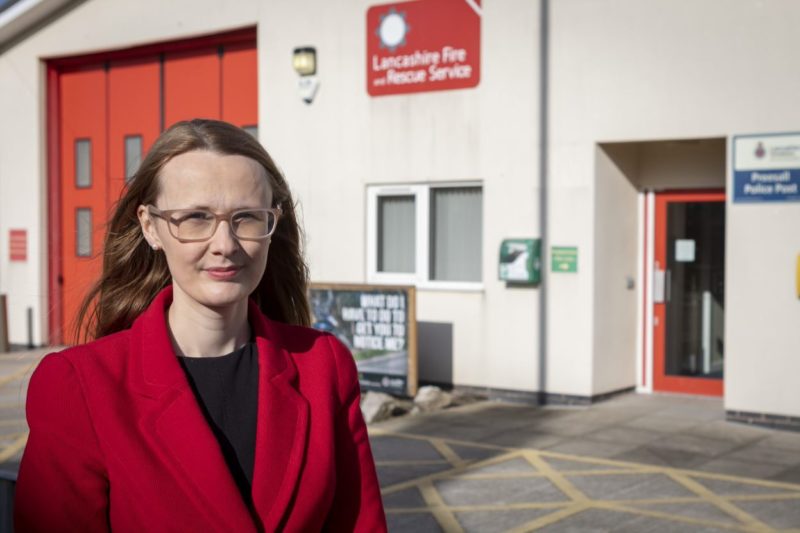Cat Smith Working for Lancaster and Fleetwood

Hello everyone,
I’ve been contacted by a number of constituents, concerned about a proposal to build a new quarry in Preesall to remove 460,000 tonnes of sand and gravel.
I share those concerns.
As I’m in Westminster, I’m unable to attend this evening’s public meeting but a senior member of my team will be attending and will brief me when the meeting has concluded.
As I understand it, the purpose of a scoping document is to publish proposals that at a later date (and following consultation) will be submitted to the planning authorities.
Like many of you, my initial response is one of concern – in particular when considering the environmental impact.
With the help of google and some rudimentary calculations it appears a 32 tonne lorry can carry 20 tonne of loose sand and gravel. If the company wants to remove 460,000 tonnes of material – that’s 43,000 return trips.
Given the dangerously poor state of the public access routes to the quarry land at Bourbles Farm, I cannot see how our rural A-roads could withstand the daily impact of so many 32 tonne HGV journeys.
In addition, according to the Department for Business, Energy & Industrial Strategy, HGVs account for 18% of greenhouse gas emissions and 13% of nitrogen oxide (NOx) emissions for road transport in the UK.
This figure doesn’t include the thousands of tonnes of ‘inert waste’ (metal, wood, bricks, asphalt or cement concrete, and other building construction materials such as plaster, drywall, siding, shingles, insulation, and glass) that will be shipped in to fill the quarried areas – leading to 1000s more HGV trips in and out of the site.
Preesall does have a history of mining – but in an age when the population was far far smaller – and at a time when the mining process provided employment for many families.
Instead today, many hundreds of families would be adversely affected by the environmental impact of mining a quarry so close to residential homes.
In the scoping document the authors correctly highlight that under the National Planning Policy Framework (NPPF) counties must maintain an adequate and steady supply of sand and gravel.
However the NPPF also states that ‘proposed operations do not have unacceptable adverse impacts on the natural and historic environment or human health, taking into account the cumulative effects of multiple impacts from individual sites and/or a number of sites in a locality’.
There are concerns that these proposals could subsequently be expanded onto adjoining land.
According to Greenfacts (http://about.greenfacts.org/) creating pits or quarries requires the removal of virtually all natural vegetation, top soil and subsoil to reach the aggregate underneath. Not only does this lead to a loss of existing animal wildlife, it also leads to a huge loss of biodiversity as plants and aquatic habitats are destroyed – and adjacent eco-systems are affected by noise, dust, pollution and contaminated water. Pits and quarries also disrupt the existing movement of surface water and groundwater which is a worry in a village with a history of localised flooding.
At this early stage there are many unanswered questions.
Please get in touch if you have concerns and I will be happy to forward those concerns to the appropriate authorities.
Cat
cat.smith.mp@parliament.uk
